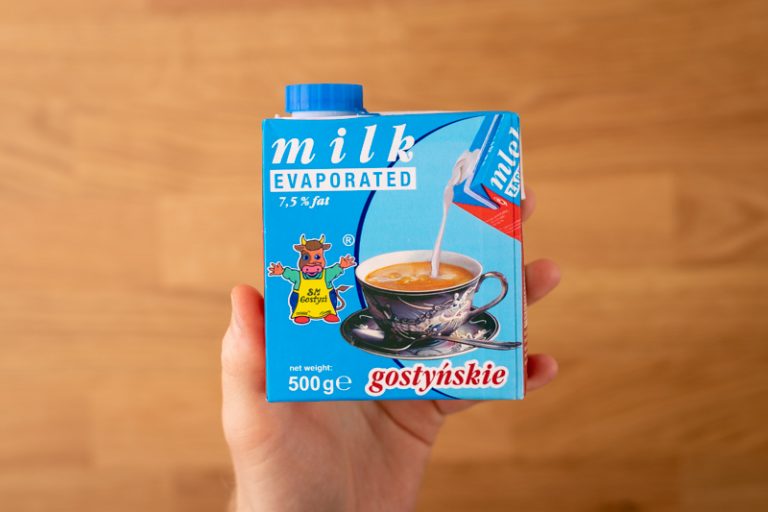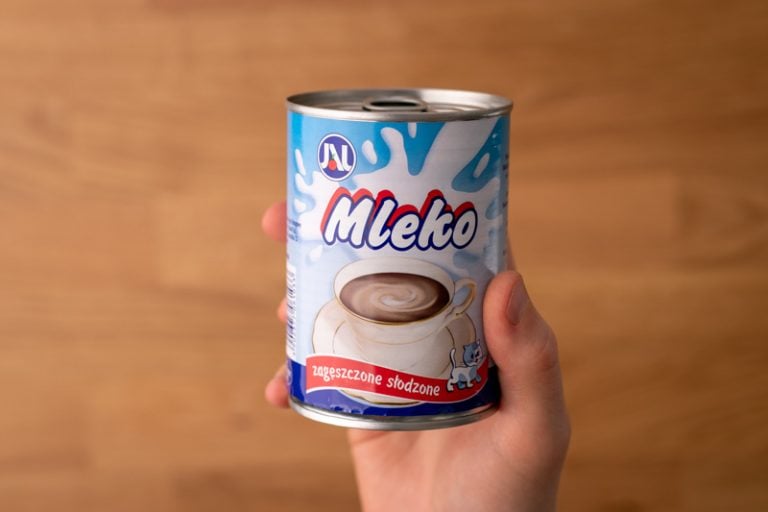How Long Is Milk Good for After the Sell-by Date?
You look at your milk carton, and it turns out it’s “expired.” Should you drink it? How long is milk good for after the sell-by date?
Those questions are asked by hundreds of people every day, and unfortunately, there isn’t a clear answer I could give you. It all depends on what type of milk we’re talking about and how you stored it.
Before we get into details, let’s talk about milk pasteurization.
Most of us buy pasteurized milk because it’s safer to consume than raw milk, plus it’s widely available. There are three options when it comes to pasteurized milk ([COR]):
- Pasteurized Milk – it’s sold refrigerated and with a shelf life of 10 to 21 days, often described as a sell-by or use-by date.
- Ultra-Pasteurized Milk – the heat treatment applied to this variety is more intense (higher temperature), but the milk still requires refrigeration. This variety comes with a shelf life of 30 to 90 days marked as “sell-by” or “use-by.”
- UHT Milk (Aseptic or Shelf Stable) – the heat treatment is the same as in ultra-pasteurized milk, but the environment and equipment used are much more controlled (and nearly sterile). That produces milk that doesn’t require refrigeration and has a shelf life (usually described as “best-by”) of at least six months.
With that in mind, let’s talk about the question that brought you here, which is: how long does milk last after the date on the label?
There aren’t any significant differences in handling whole, skim, non-fat, or lactose-free milk. Assume that all of the below applies to all of those types of cow’s milk.
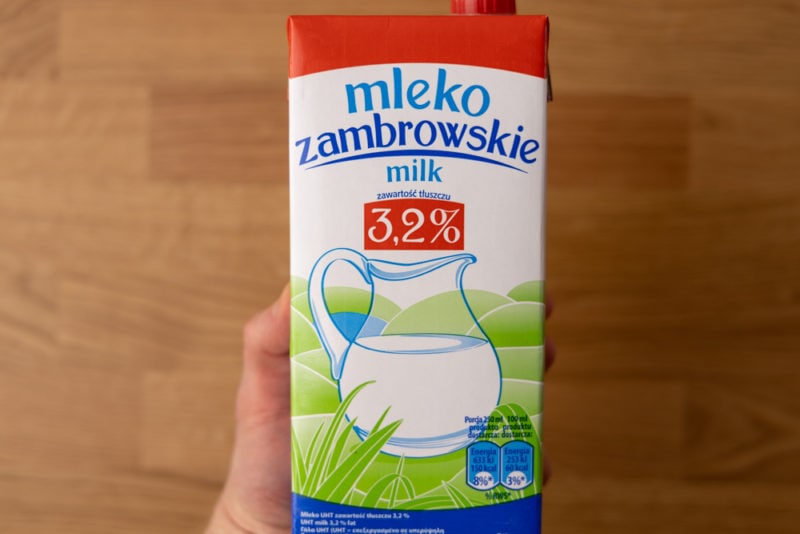
How Long Does Milk Last?
Unopened shelf-stable UHT milk keeps for at least a couple of weeks after its date and about a week to 10 days of opening. Refrigerated pasteurized milk is safe for about 2 to 5 days after its date and about 3 days of opening. Ultra-pasteurized milk (non-UHT) lasts about 5 to 7 days past its date and about 7 to 10 days of opening.
As you can tell, the longer the milk’s shelf life, the longer past its date you can safely consume it. It’s pretty logical and applies to most food products out there.
Plain pasteurized milk lasts only a short period, so I probably wouldn’t even touch it if it was like over a week past the sell-by (or sometimes use-by) date on the label. But if it were UHT (sometimes called aseptic) milk instead, I wouldn’t hesitate to open up and check if it’s safe to drink one that’s like a month past its date.
If you know your unopened UHT milk is nearing its date, and you want to preserve its quality for longer, refrigerate it. That’s a simple way to help it retain quality for a couple of extra weeks.
| Pantry | Fridge | |
|---|---|---|
| Shelf-stable (UHT) Milk, unopened | Best-by + 2 – 4 weeks | Best-by + 1 – 2 months |
| Shelf-stable (UHT) Milk, opened | 7 – 10 days | |
| Pasteurized Milk, unopened | Use-by + 2 – 5 days | |
| Pasteurized Milk, opened | 1 – 3 days | |
| Ultra-pasteurized Milk, unopened | Use-by + 5 to 7 days | |
| Ultra-pasteurized Milk, opened | 7 – 10 days |
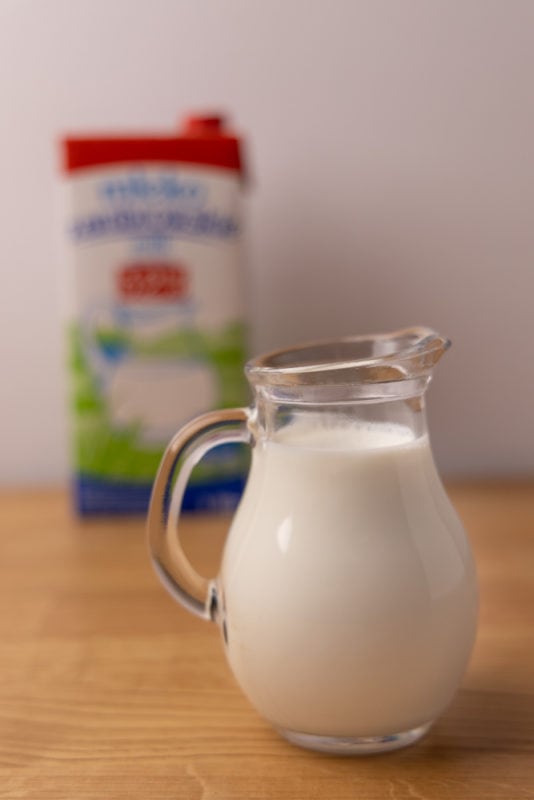
Meaning of Dates on Milk
There are a couple of different dates you might find on your milk. If you’re not sure which one means what, here’s a quick primer ([USDA]):
- “Best if Used By” (or “Best-By,” “Best if Used Before”) – this date indicates how long the product should be at peak quality
- “Sell-By” – it tells the store how long they should display the product for sale (should is worth emphasizing, because sometimes products that are past their sell-by date are still for sale)
- “Use-by” – in the case of milk, it means pretty much the same as “best-by”
As you can tell, neither of these dates has much to do with safety and neither is an expiration date. They’re guidelines that have more to do with product quality than food safety.
If you want to know if your milk is safe to drink, you have to check it yourself. You can find a handy checklist later in the article.
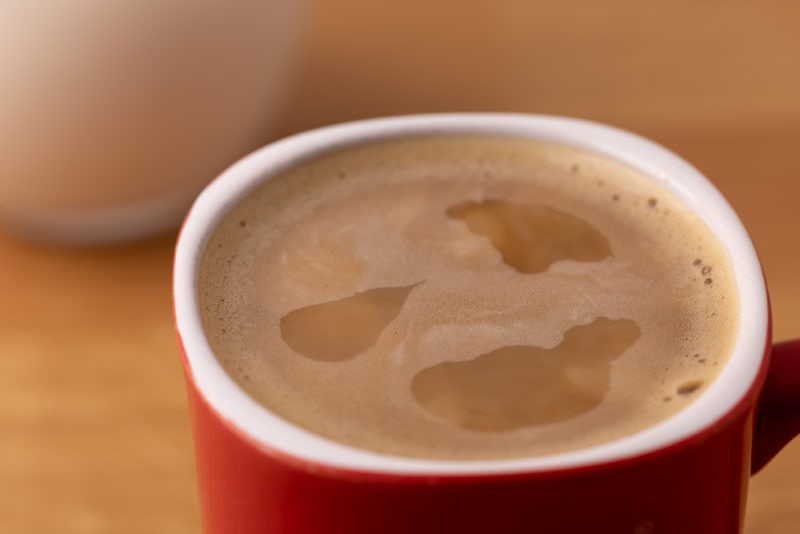
How To Store Milk
Shelf-stable UHT milk can sit at room temperature in the pantry or a kitchen cupboard as long as it’s unopened. Once you first open it, refrigeration is in order. Every other type of milk, opened or not, requires storing in the fridge at all times.
When it comes to storing UHT (aseptic) milk, make sure the cartons sit in a cool place away from any sources of heat. While temperature changes won’t make it spoil or anything like that, its quality might deteriorate if you keep it near a heater or the stove.
Not sure if your milk is shelf-stable or not? Think about how it was stored in the supermarket or grocery store. If it was in the refrigerated section, it requires keeping in the fridge. If not, it’s shelf-stable, and you can let it sit in the pantry.
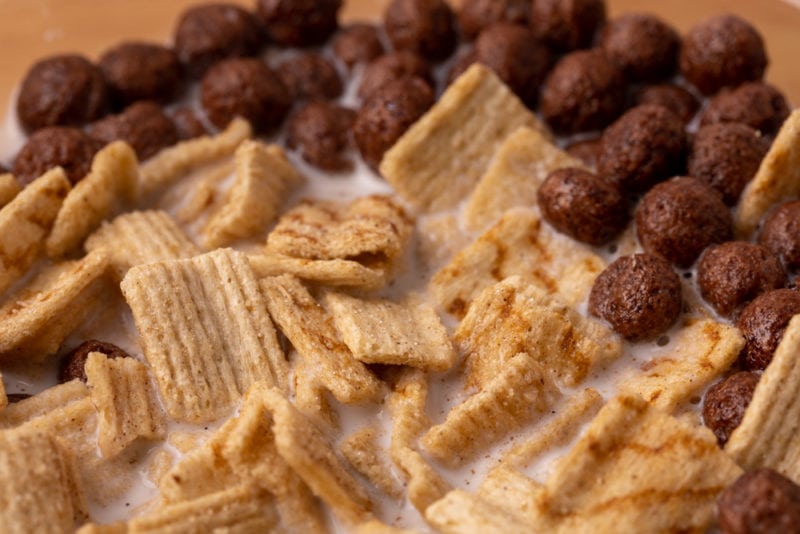
Once you open the bottle or container, make sure it always stays sealed when you’re not using it, and that you put it back into the fridge once you pour yourself how much you need.
And in case you ever considered pouring leftover milk back into that carton or bottle, don’t ever do that. That’s an easy way to introduce microbes into the milk and possibly make the whole thing go bad prematurely.
If you know you’ll have to stretch that bottle’s shelf life to the max, store it in the far corner of one of the shelves instead of on the door. This way, it stays in an environment with a pretty stable temperature, which helps the milk retain quality ever so slightly.
If you’re left with like half a cup of milk after cooking or adding to your coffee, pour it into an airtight container or a mason jar, and refrigerate it separately. Use it as soon as you need any milk (e.g., to pour over your cereal).
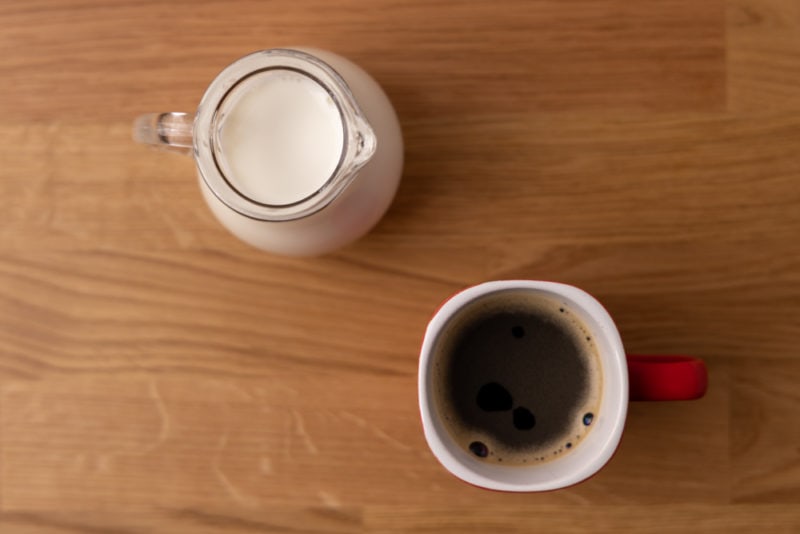
How To Tell If Milk Is Bad?
Throw out milk that:
- Smells or tastes sour. That’s the first and usually pretty obvious sign. If your regular milk tastes or smells like sour milk, it’s done for.
- Changed color to yellowish.
- Has lumpy texture.
- Sits in storage for way too long. If yours sits for much longer than the typical storage time I described earlier, err on the side of caution and throw it out. And remember, the date on the label isn’t an expiration date, but it’s more about the quality.
The last two signs are easy to spot if you pour the milk into a glass before drinking or using it, and difficult (or nearly impossible) to notice if you’re drinking or pouring the milk straight from the carton.
That leaves us with the following rule of thumb: if you’re not sure if that milk is safe to eat or not, pour it into a glass before you use it. And that’s true no matter if it’s whole milk, skim milk, or the non-fat variety.
If you need milk only from time to time, consider buying powdered milk instead of the regular one. Powdered milk lasts years, so you can prepare as much milk as you need when you need it without worrying about it going bad.
Last but not least, if you suspect your milk might be off but you’re not 100 percent sure, trust your gut and discard it. Better safe than sorry.
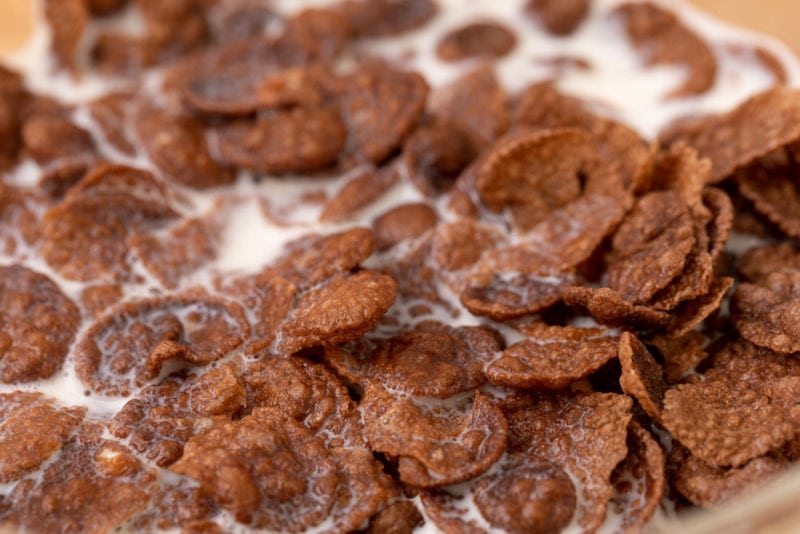
Sources
- COR – Pasteurized versus Ultra-Pasteurized – Why Such Long Sell-By Dates? | Cornell University
- USDA – Food Product Dating | Food Safety and Inspection Service
Rotten Records: Share Your Snap!
Caught some food past its prime? Upload your photo to “Rotten Records” and help others spot the signs of spoilage. Every image makes our food community safer and more informed!

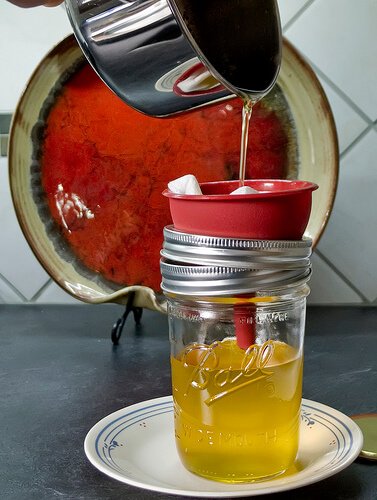
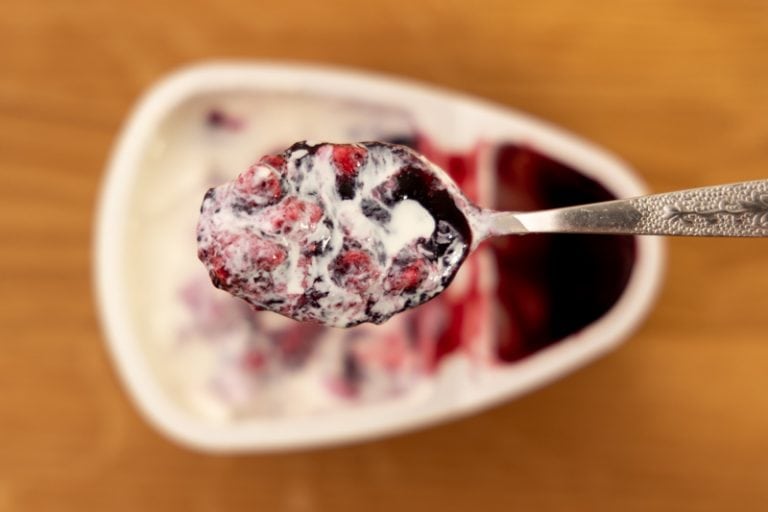
![Does Ghee Need to be Refrigerated? [All About Storing Ghee]](https://www.doesitgobad.com/wp-content/uploads/How-to-store-ghee-768x512.jpg)
